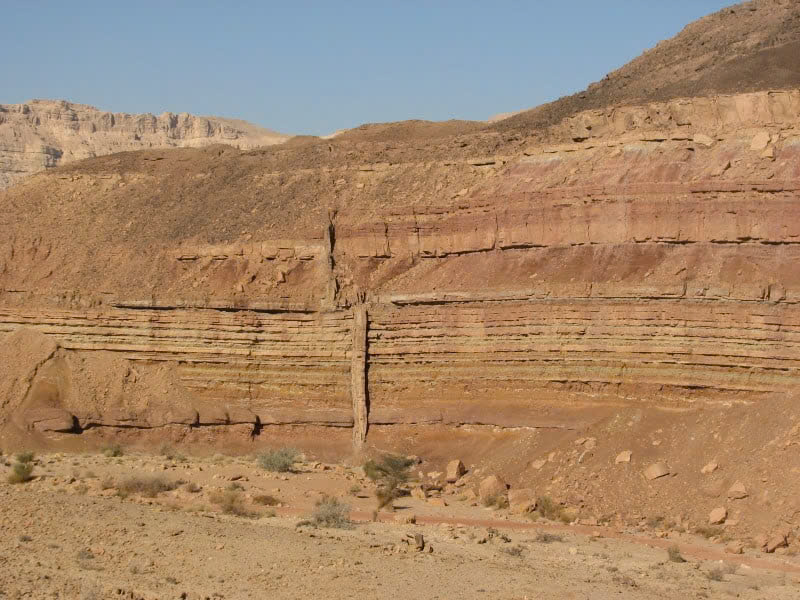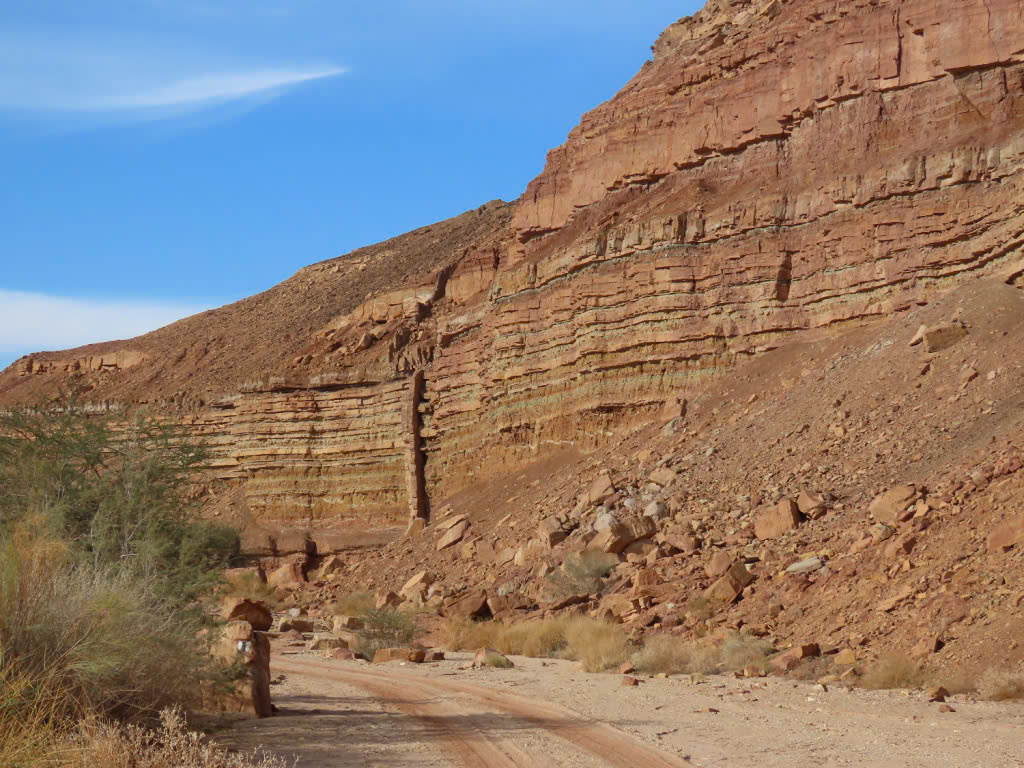A Geological Marvel

Makhtesh Ramon, nestled in the heart of Israel’s Negev Desert, is recognized as the world’s largest erosion crater, or “makhtesh.” Stretching an impressive 40 kilometers long and up to 10 kilometers wide, this natural wonder provides a unique glimpse into our planet’s ancient geological history. Unlike impact craters or volcanic calderas, makhteshim (the plural of makhtesh) are formed through a specific combination of tectonic uplift and erosion. Over millions of years, wind and water have sculpted softer rock layers, revealing the harder, older formations beneath.
Understanding the Formation of Makhtesh Ramon

What exactly is a makhtesh? These rare geological structures are predominantly found in the Negev Desert of Israel and the Sinai Peninsula of Egypt. Unlike typical craters created by meteorite impacts or volcanic activity, a makhtesh is formed through a series of geological events. Tectonic uplift pushes layers of rock upward, and over millions of years, erosion gradually strips away the softer sedimentary rocks. This process results in a steep-walled, bowl-shaped valley, with Makhtesh Ramon being the largest example of its kind.
The Geological Significance of Vertical Dikes
Among the most fascinating features of Makhtesh Ramon are the vertical dikes—narrow rock formations that cut through the sedimentary layers. These dikes were formed when molten rock, or magma, forced its way through cracks in the Earth’s crust, cooling and solidifying into harder rock. Erosion eventually wore away the softer surrounding materials, leaving the dikes exposed and creating a striking contrast against the sedimentary layers.

These dikes provide a unique insight into the volcanic and tectonic activities that once shaped the region. The solidified rock columns act as frozen records of past geological events, allowing scientists to study the area’s ancient volcanic history. For geologists, these formations reveal the powerful forces that contributed to Makhtesh Ramon’s creation and illustrate patterns of tectonic shifts that have shaped the landscape.

A 200-Million-Year Geological Cross-Section
The exposed rock layers of Makhtesh Ramon unveil a geological history that spans approximately 200 million years, dating back to the Triassic period. Each layer represents different geological eras and environmental conditions, showcasing a timeline of Earth’s transitions from ancient oceans to arid deserts. The sedimentary rocks, including limestone, sandstone, and shale, illustrate shifts in climate and ecosystems.

Geologists meticulously study these layers to glean insights into past climates, sea levels, and ecosystems. The variety of rock types and fossilized remnants within these layers enhances our understanding of how similar geological structures formed worldwide under comparable conditions. This “time capsule” of geological history makes Makhtesh Ramon a vital reference point for sedimentary geology.
A Protected Natural Wonder and Exploration Destination
Beyond its scientific importance, Makhtesh Ramon is a protected nature reserve and a beloved destination for adventurers, researchers, and nature enthusiasts. Its dramatic landscapes, breathtaking views, and ancient rock formations attract visitors for hiking, stargazing, and exploration.

Tourists come not only to appreciate the stark beauty of the desert but also to witness the geological marks left by ancient processes. Ongoing research in the area aims to unlock further secrets of Earth’s history, ensuring that Makhtesh Ramon remains a protected natural and cultural heritage site for future generations.
The Legacy of Makhtesh Ramon
Makhtesh Ramon is more than just a striking desert landscape; it is a testament to Earth’s dynamic geological forces and a record of our planet’s evolving story. The exposed rock layers and preserved dikes allow us to explore the mysteries of Earth’s past, offering insights into the fundamental processes that continue to shape our world.

For scientists and explorers alike, Makhtesh Ramon serves as a living geological archive—a place where every layer, rock formation, and dike reveals a fragment of Earth’s history. This natural wonder continues to inspire fascination and appreciation for the forces that have shaped—and continue to shape—our planet.

